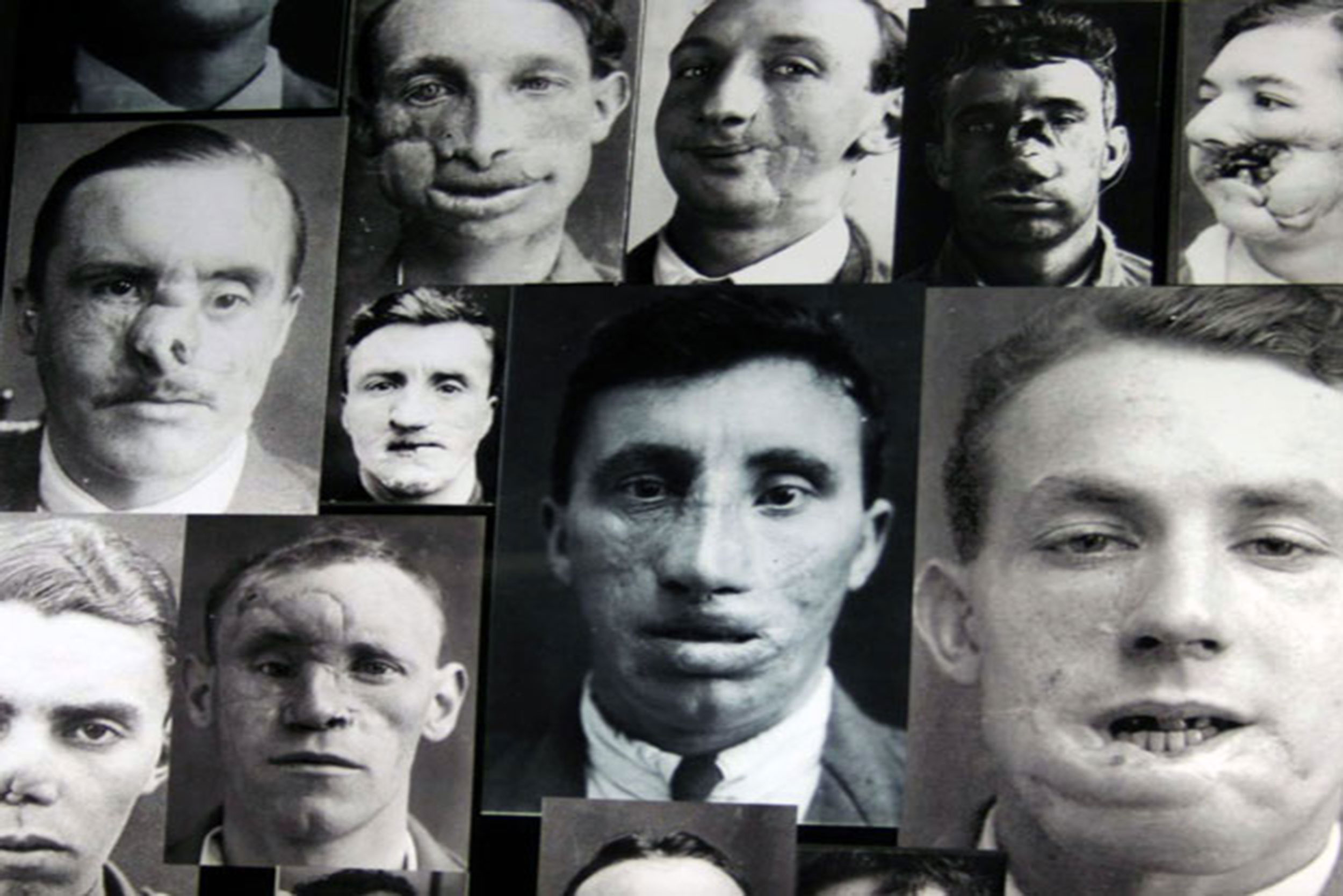 The current trend in aesthetics is clearly toward minimally invasive surgeries and techniques, as can be seen from the statistics of the American Association of Plastic Surgeons. Cosmetic surgical procedures showed an average decline by 12% from 2000 to 2014 as compared to minimally invasive procedures, which showed a dramatic rise of 154% in the same period. The top five minimally invasive cosmetic procedures performed were botulinum toxin injection, soft tissue fillers, chemical peels, laser hair removal and microdermabrasion. However, with the rise in numbers and longer follow-up periods, we are more frequently seeing complications, particularly with soft tissue fillers. Long-term adverse events such as persistent granulomas and infections are being reported.
The current trend in aesthetics is clearly toward minimally invasive surgeries and techniques, as can be seen from the statistics of the American Association of Plastic Surgeons. Cosmetic surgical procedures showed an average decline by 12% from 2000 to 2014 as compared to minimally invasive procedures, which showed a dramatic rise of 154% in the same period. The top five minimally invasive cosmetic procedures performed were botulinum toxin injection, soft tissue fillers, chemical peels, laser hair removal and microdermabrasion. However, with the rise in numbers and longer follow-up periods, we are more frequently seeing complications, particularly with soft tissue fillers. Long-term adverse events such as persistent granulomas and infections are being reported.
Adverse events with fillers can not only be persistent but can also lead to serious complications such as permanent blindness. Blindness can occur due to inadvertent arterial injection or if it is injected forcefully. The trend is now to use cannulas instead of sharp needles that can make injecting safer.
In a literature review of overall 447 patients treated surgically by various methods, carried out by Sisti et al in 2015 has shown that the complications were observed in 191 (42.72%) patients. This suggests that almost every 4 people out of 10 develop some sort of complications. Yet as with many other areas, the statistics is not safe from a selection bias, as most authors report their best results and there are very few publications highlighting adverse events and complications. This gives a false erroneous impression that most cosmetic procedures are safe with few or minor complications. Even a simple procedure such as a skin biopsy may lead to complications, if not performed meticulously. There is no minor procedure or minor surgery if there is a complication! Though generally safe, complications can occur even in the best of hands. Hematoma and bruises, seroma formation, nerve damage causing sensory or motor loss, infection, scarring, blood loss and complications of anesthesia can occur in any surgery. More serious complications such as deep vein thrombosis and pulmonary embolism can cause death.
It is therefore essential to minimize risks and possible complications, by careful review of patient history, factors and examinations. Chronic smokers, immunocompromised patients, and patients with cardiovascular and pulmonary diseases are at particular risk of developing complications in a plastic surgery operation.
The incidence of complications is also higher when the procedures are performed in salons, spas, and by untrained persons. Most of these are not even reported and rather swept under the carpet leaving patients with the suffering and legal headaches. The highlighting and analyzing of adverse events will definitely help in making cosmetic procedures less risky, assist in introducing newer and safer techniques, and force physicians and the industry to introduce game-changing risk-free trends for the future.



Hurrah, that’s what I was looking for, what a information! present here at this web site, thanks admin of this web
site.
Inventonslemondedapres : l’expertise qui vous permet de repérer les casinos en ligne vraiment dignes de votre attention.